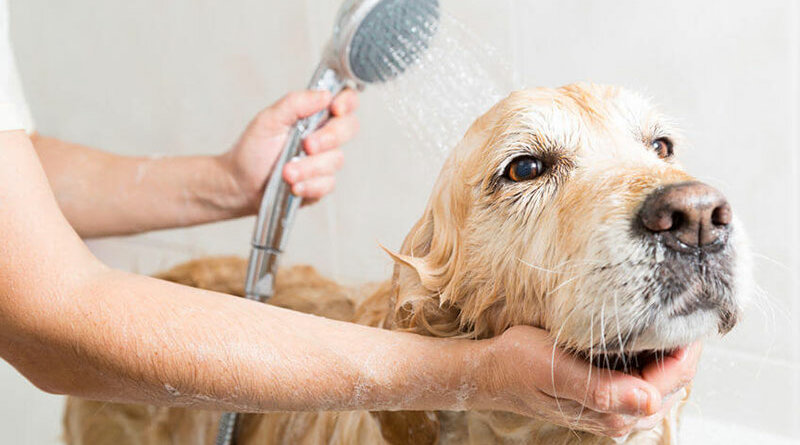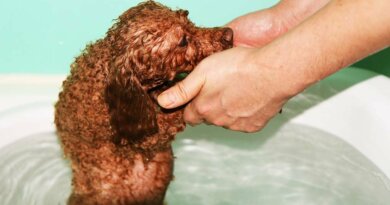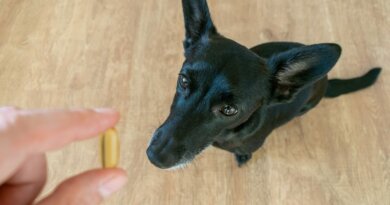The Human-Animal Bond: Keeping Our Dogs Clean
Some of our companion animals may require more attention than others, and that’s okay—it’s what we signed up for. Dogs and cats rely on us to provide them with water, food, relief walks, socialization opportunities appropriate to their temperaments, and veterinary and hygiene care.
When dogs vocalize (bark), they are often asking for help. The water bowl might be empty, they might be hungry or they might just need affection. During this time, as we are forming new (and perhaps improved) habits, let us also extend that practice to our dog’s hygiene.
There is no evidence that our companion animals transmit the virus. However, common sense tells us that helping our dogs stay clean is a good idea.
• Give them what some call a bird bath, cleaning their “important parts” with mild soap and tepid water. You can also use fragrance- and chemical-free wipes if you prefer, but make sure they’re made to be used with dogs (or humans).
GET THE BARK IN YOUR INBOX!
Sign up for our newsletter and stay in the know.
• Make bath time better. Not all dogs are fond of being bathed, and some actively resist it. The sound of running water may set off a noise sensitivity, or the process itself may make them nervous. They may also have had negative experiences around bathing that have made them frightened when confronted with the prospect of a bath.
It’s important to allow individuals an opportunity to make a choice, to decide when they are ready and able to deal with a situation. As it’s a bad idea to teach someone to swim by tossing them into a pool, it’s also a bad idea to pick up a dog and drop him/her into a tub full of water. In either case, the individual is likely to freak out. You will have worsened the condition and set them back. Rather, work on breaking down the process over days and weeks if necessary.
Desensitization is the process of slowly exposing an individual to something that might be scary or uncomfortable but doing so in small increments of volume/time and pairing the experience with something good. If you plan to bathe your dog indoors, start by sitting outside the bathroom. When your dog looks inside the room, give him/her a treat. The next step would be to throw treats inside near the tub. When your dog is comfortable being in this space, try turning on the water, first softly, then a little closer to full speed while steadily handing out treats. Next steps involve helping your dog become comfortable in proximity to the water, and then to touching the water. The point is to keep in mind is that these steps are broken down over many days, and the dog gets to decide on his/her participation.
• Water temperature, soap and timing are also relevant. Dogs’ skin is extremely sensitive to heat, so tepid water temperature when bathing is best. Use only dog-safe soap, which works much like the soap we use to clean off bacteria and viruses. Sing the “happy birthday” song a few times while washing your dog, who may find it soothing to hear to your voice.
• Wash your dog’s bedding and equipment as well. If you’re not already doing it on a regular basis, get in the habit of washing all pet beds, equipment (including leashes, collars and harnesses), bowls, toys and anything else used daily. Everything gets dirty and dusty over time, plus, it’s a good practice to maintain these habits long-term for everyone’s benefit.
Read Part 4 of Life with Dogs During the Covid-19 Pandemic next week. Read Part 2 here.




